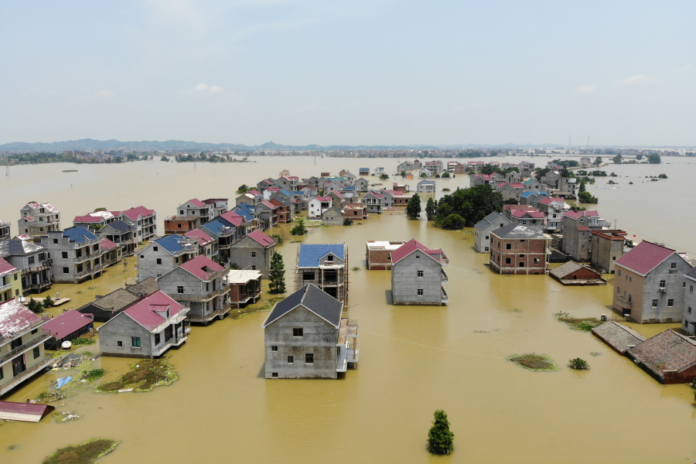China Floods: Due to extreme weather, including two strong typhoons that struck the country in a single month, China’s direct economic damages from natural disasters increased to 41.18 billion yuan ($5.74 billion) in July, surpassing the total for the months of January through June.
Even though flooding occurs frequently in China during the summer, this year’s effects were more severe, affecting roughly 7 million people nationally in July after Beijing saw its wettest June on record.
August, when rainfall usually peaks and summer temperatures soar, is set for further economic impact from floods and heatwaves. Rainfall in northeastern provinces could be as much as 50% higher than normal in August, China’s national forecaster have warned.
Typhoon Talim, which hit southern China in the middle of the month, caused losses of 2.61 billion yuan, while the more destructive Doksuri, whose effects are still being felt in northeastern China, caused losses of 14.74 billion yuan as of the end of the month, according to a statement released late on Friday by the Ministry of Emergency Management.
Flood damage in southwest and northwest China contributed to overall losses that significantly outpaced the 38.23 billion yuan in the first half of 2023 and put an unanticipated impact on quarterly growth in the second-largest economy in the world, which already needs a boost.
More than 1.2 million people had fled the northern province of Hebei owing to flooding brought on by residual rains from Doksuri.
As they prepared for floods from upstream rivers, local authorities in the port city of Tianjin, which borders Beijing and Hebei, evacuated roughly 66,000 residents.
With addition to the previously stated 100 million yuan, China’s top economic planner has set aside an additional 100 million yuan to aid with the post-disaster recovery in Tianjin and Hebei.
For Hebei and Beijing, the ministries of finance and water resources provided 450 million yuan to help with the entire recovery effort.



